Today, health is no longer confined to the doctor’s office. With wearables and remote patient monitoring, individuals can track vital signs, activity, and health trends in real time—empowering proactive care and minimizing reactive medical interventions.
This guide walks you through how wearable devices and remote monitoring systems are shaping modern healthcare, the benefits they offer, and how to use them wisely for better health outcomes.
🧠 What Are Wearables & Remote Patient Monitoring?
- Wearables: Devices like smartwatches, rings, or fitness trackers that continuously collect health metrics—think heart rate, sleep stages, activity, oxygen saturation, and more.
- Remote Patient Monitoring (RPM): Medical-grade sensors and platforms that transmit vital data from patients to healthcare providers—ideal for chronic disease management and virtual consultations.
Together, they create a connected ecosystem where data powers personalized, timely health actions.
📊 Key Metrics Tracked by Wearables
Most popular trackers provide insights into:
- Heart rate & heart rate variability (HRV)
- Sleep quality: deep, light, REM stages
- Steps, calorie burn, and movement trends
- Blood oxygen saturation (SpO₂)
- Skin temperature, stress markers
- Blood pressure and ECG on premium models
These metrics help users and clinicians spot patterns—like elevated resting heart rate, sleep disruption, or low HRV—that may indicate underlying health issues.
🏥 How RPM Supports Chronic Care
RPM tools are used by healthcare professionals to remotely track patients with:
- Diabetes (glucose monitoring)
- Hypertension (blood pressure)
- Heart failure (weight, ECG)
- COPD or respiratory illness (SpO₂)
- Post-surgical recovery
Patients transmit data from home, while clinicians monitor trends and intervene early—often preventing hospital visits and improving care coordination.
🌟 Benefits of Connected Health Technology
- Early Warning Signals
Devices can catch irregularities—like atrial fibrillation or rising blood pressure—before they escalate. - Better Patient Engagement
Users become active participants in their own care, tracking progress and outcomes in real time. - Cost-Effective Healthcare Delivery
Avoid unnecessary clinic visits and reduce hospitalization with remote check-ins and monitoring. - Continuous, Contextual Data
Unlike a one-time lab test, wearables provide trends over weeks and months for deeper insight. - Behavioral Support
Many apps offer guided coaching for sleep, activity, stress, and nutrition—based on your personal data.
📱 Popular Devices & Platforms
- Apple Watch: Offers HRV, ECG, fall detection, alerts for irregular rhythms
- Fitbit Sense: Monitors stress, SpO₂, skin temperature, and guided breathing
- Oura Ring: Sleek design focusing on sleep, HRV, readiness scores
- WHOOP Strap: Subscription-based performance tracking, recovery and stress metrics
- Dexcom G6: Continuous glucose monitoring for people with diabetes
- iRhythm Zio Patch: Long‑term cardiac rhythm monitoring at home
🧭 Use Cases: How Real People & Clinics Benefit
- Cardiology: ECG-capable wearables detect atrial fibrillation early
- Endocrinology: Glucose monitors help individuals stabilize blood sugar in real time
- Mental Wellness: HRV and sleep data help therapists personalize stress management plans
- Athletes: Recovery scores inform training volume and intensity
⚠️ Important Considerations & Limitations
- Data Accuracy: Consumer-grade devices can be influenced by movement, skin tone, and fit
- Privacy & Consent: Share data only through HIPAA-compliant or equivalent platforms
- Clinical Oversight: These tools are not replacements for direct medical consultation
- Overwhelm Risk: Too many alerts or data points may cause unnecessary anxiety
📝 Best Practices for Integrating Wearables & RPM
- Choose devices validated by research or approval (e.g., FDA‑cleared)
- Pair devices with clinician review or telehealth platforms
- Customize alerts to avoid alarm fatigue
- Use wearable insights to reinforce healthy habits (sleep, movement, stress)
- Review your data regularly with a healthcare provider
📅 Sample Daily Routine with Connected Health
- Morning: Check overnight readiness score, HRV, and sleep quality via app
- Midday: Log meals and activity trend; wearable suggests a walk or breath session
- Evening: View heart rate trends and nightly oxygen level readings
- End of week: Share summarized report with your doctor or health coach for review
🧾 Final Thoughts
Wearables and remote patient monitoring are ushering in a new era of preventive, personalized healthcare. From early detection to smarter habit tracking, these tools put real-time wellness in your hands—and in the hands of your clinician, when needed.
When used judiciously and alongside medical guidance, connected health tech can help you live healthier, longer, and with greater clarity.

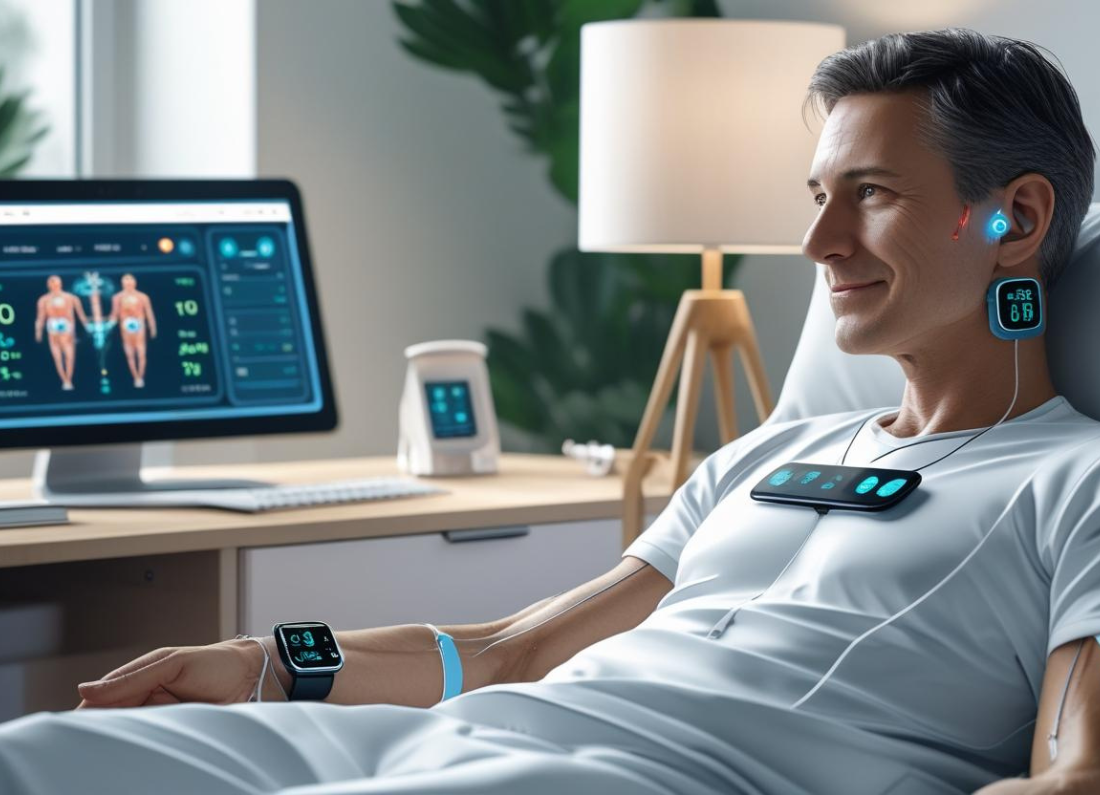


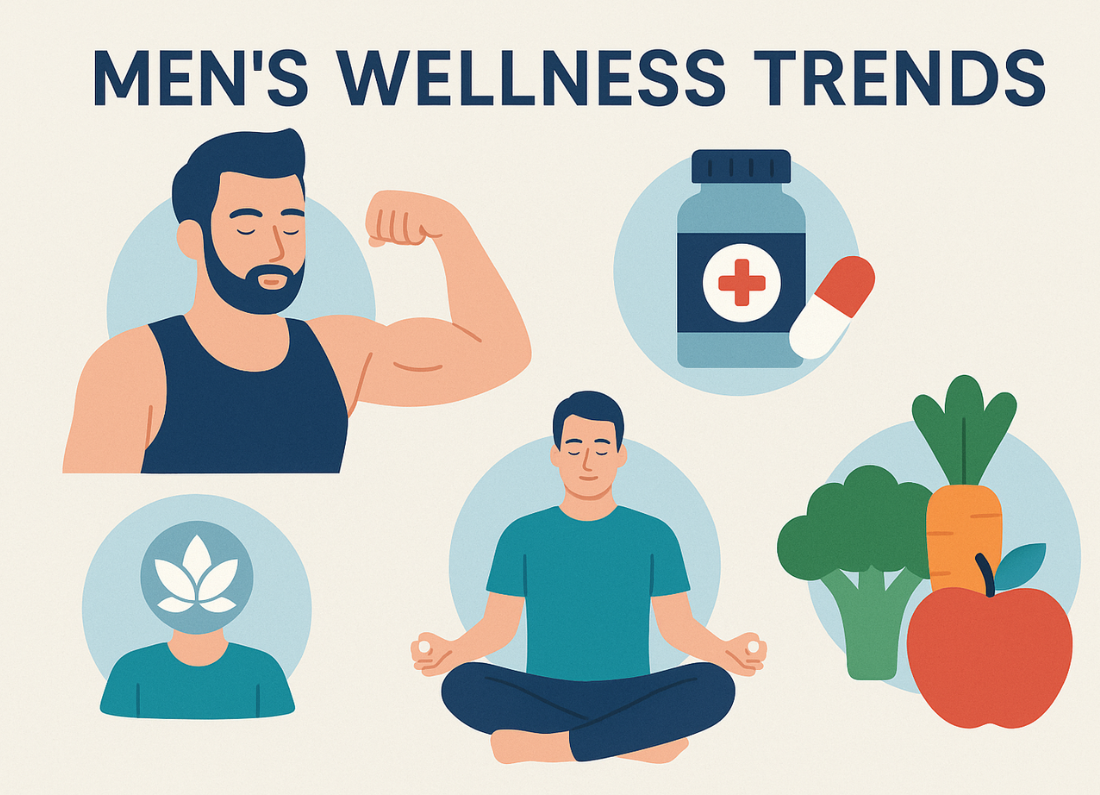
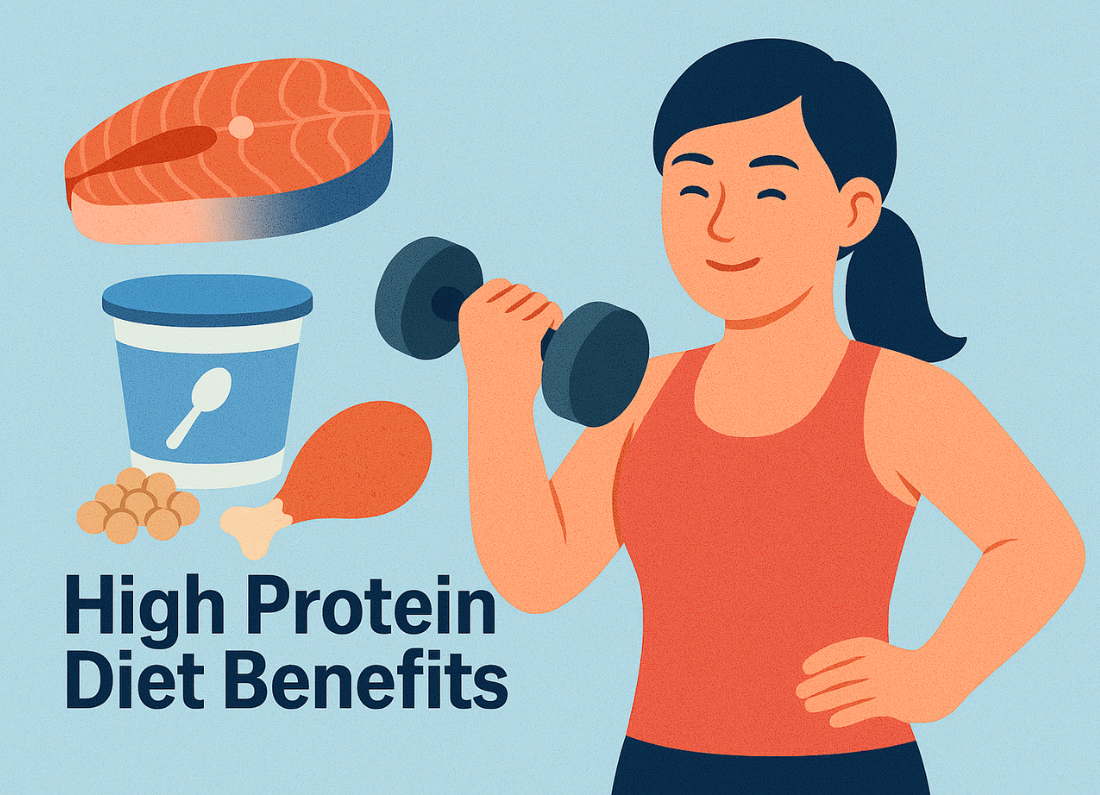
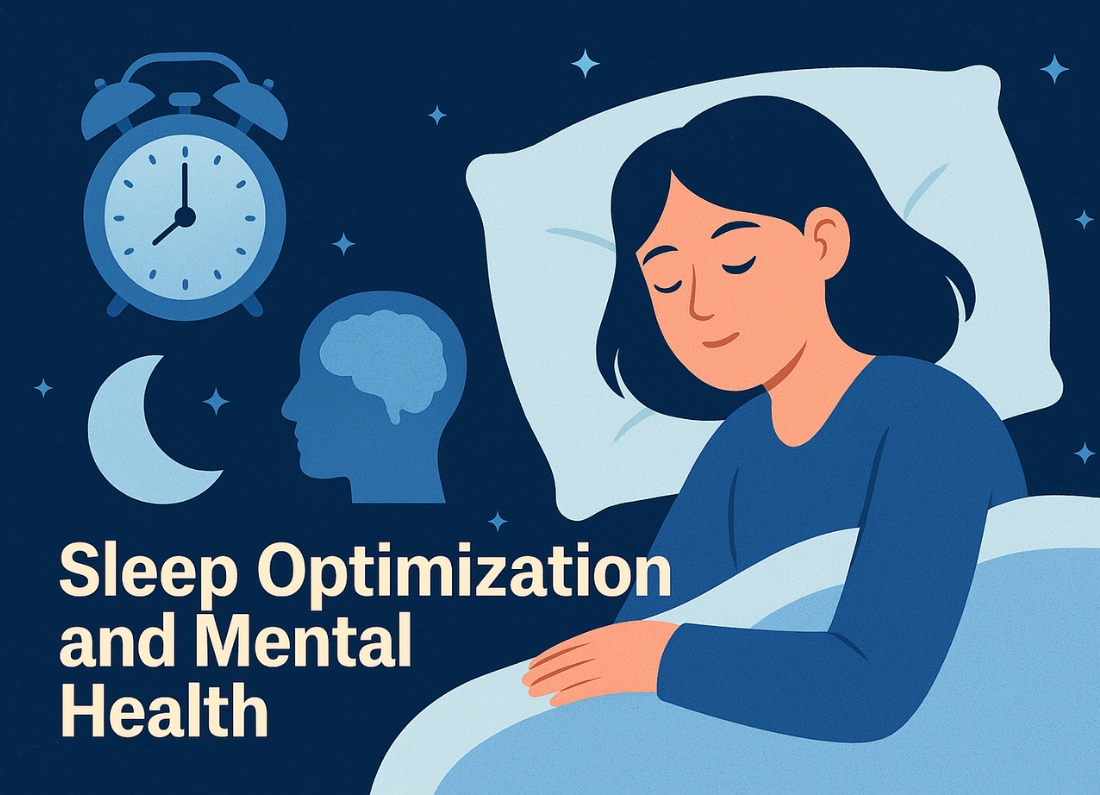

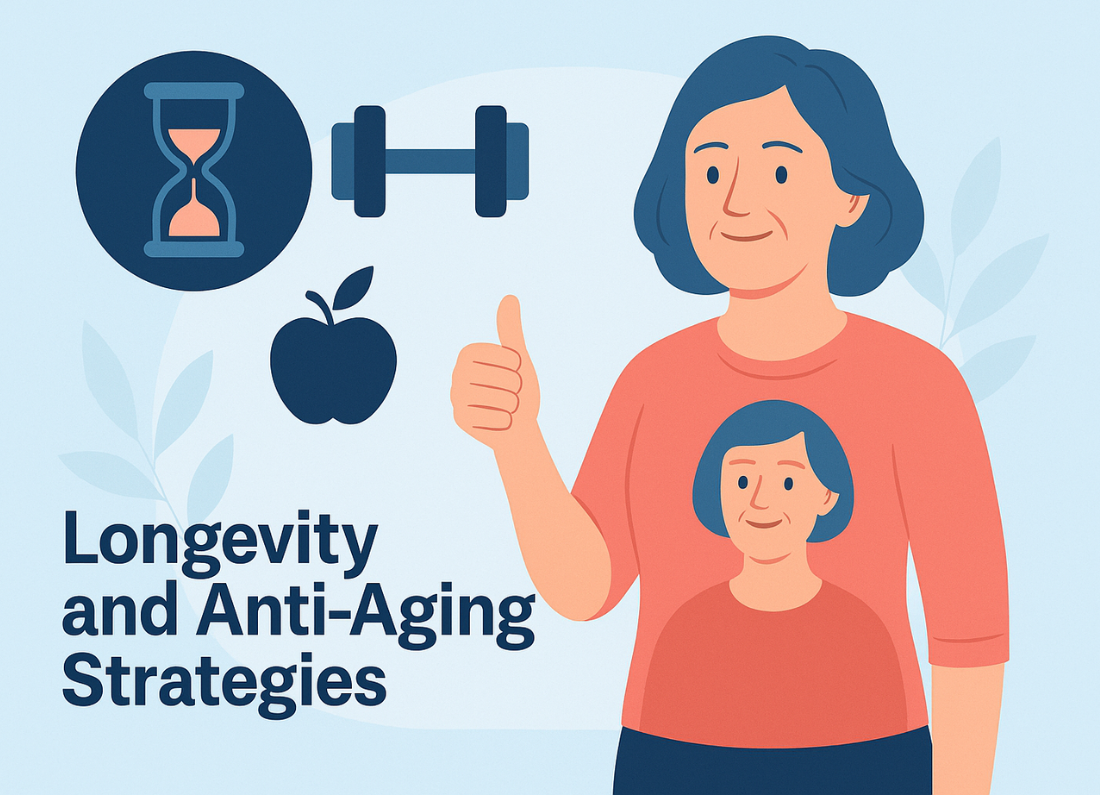
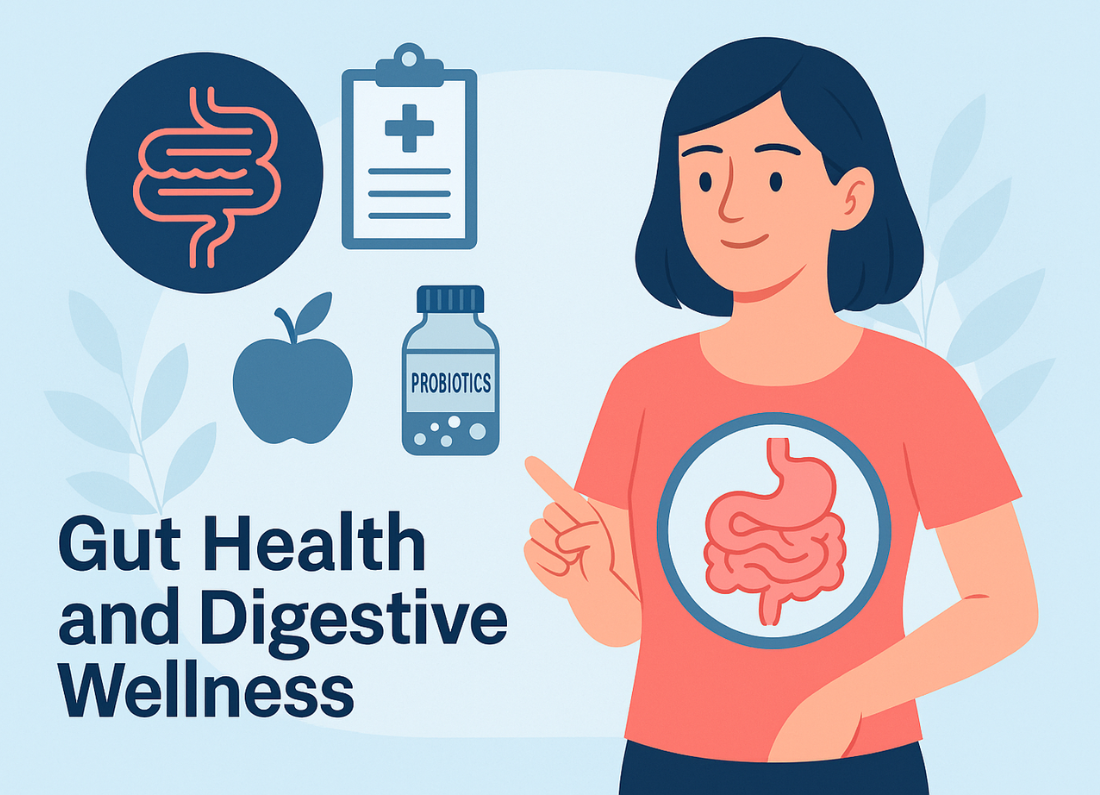
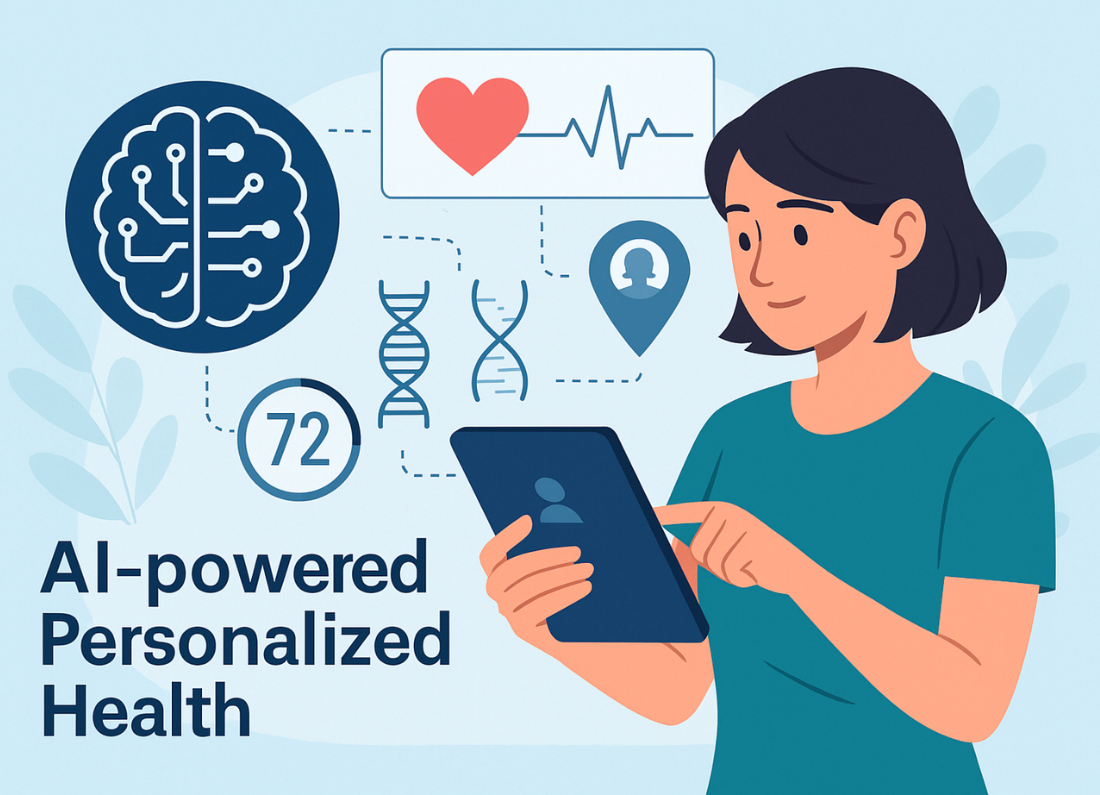




Leave a Reply